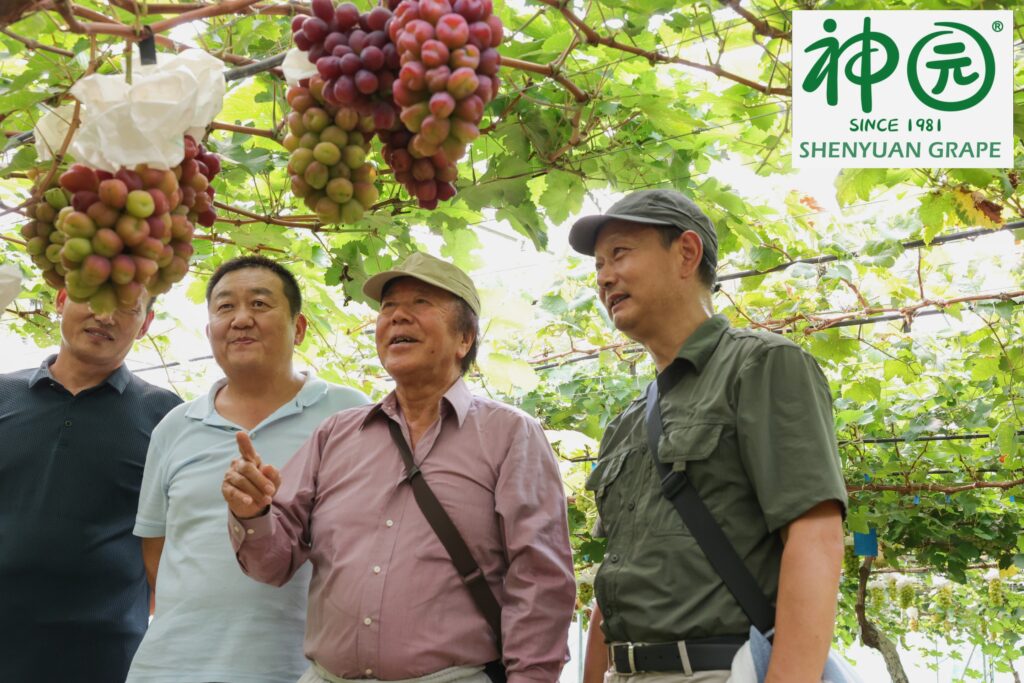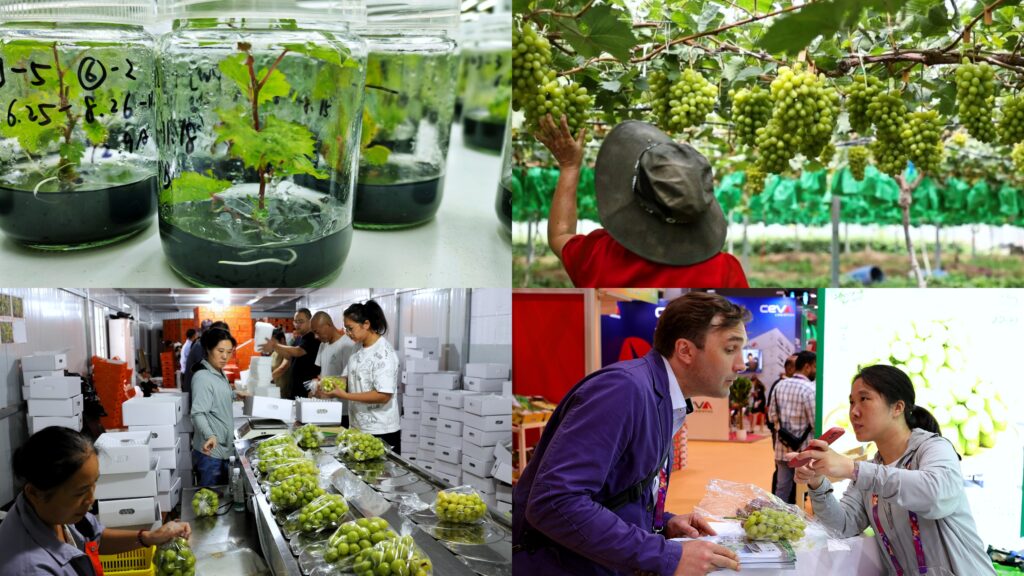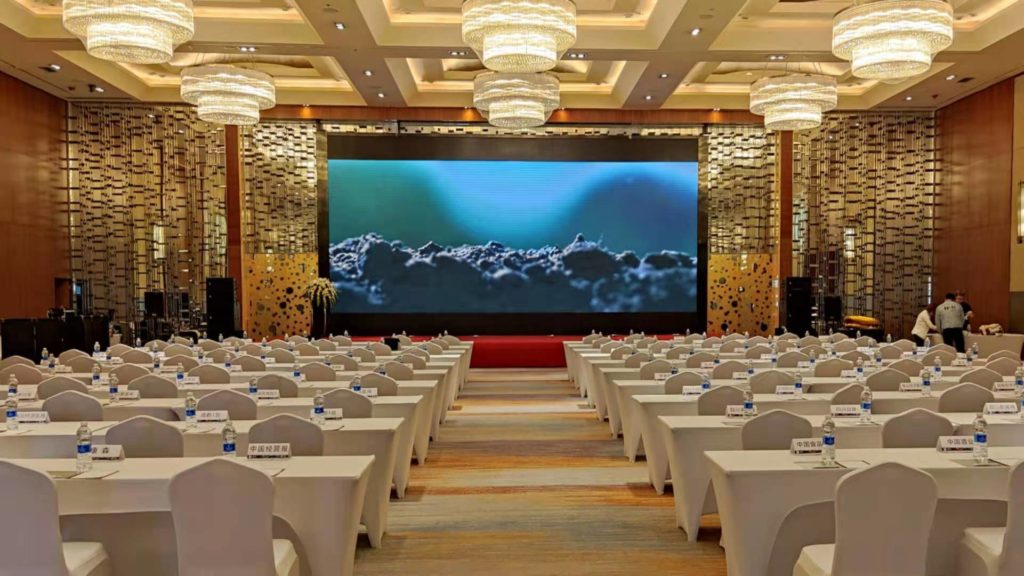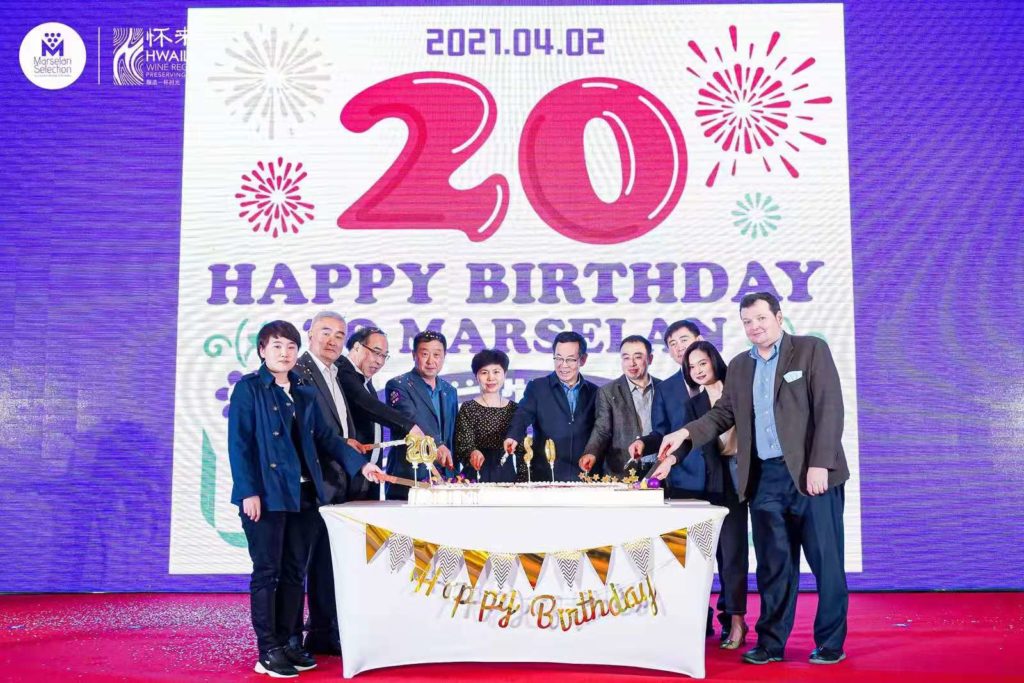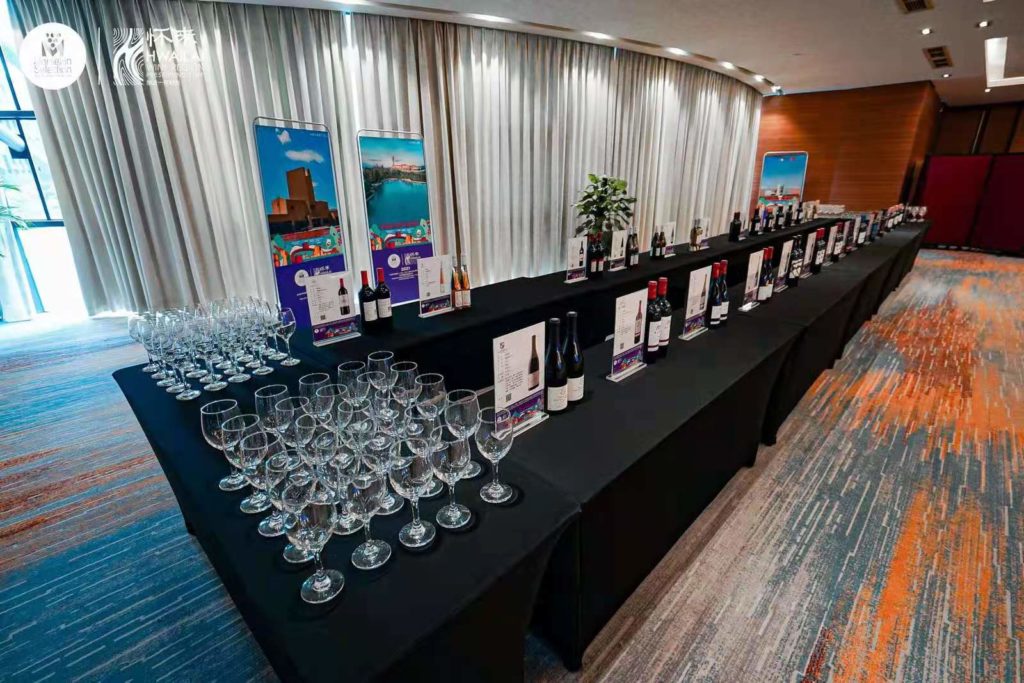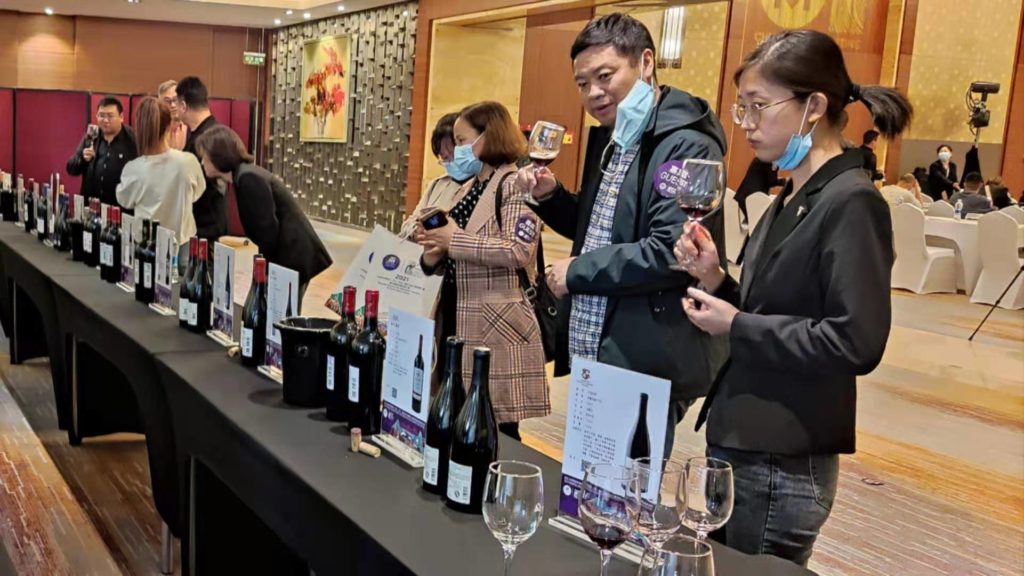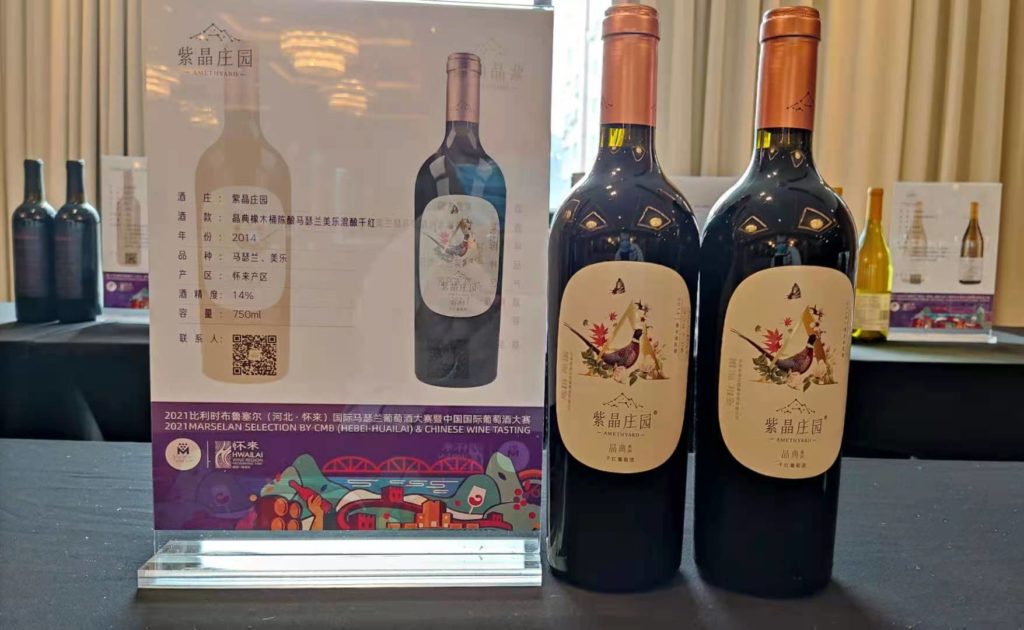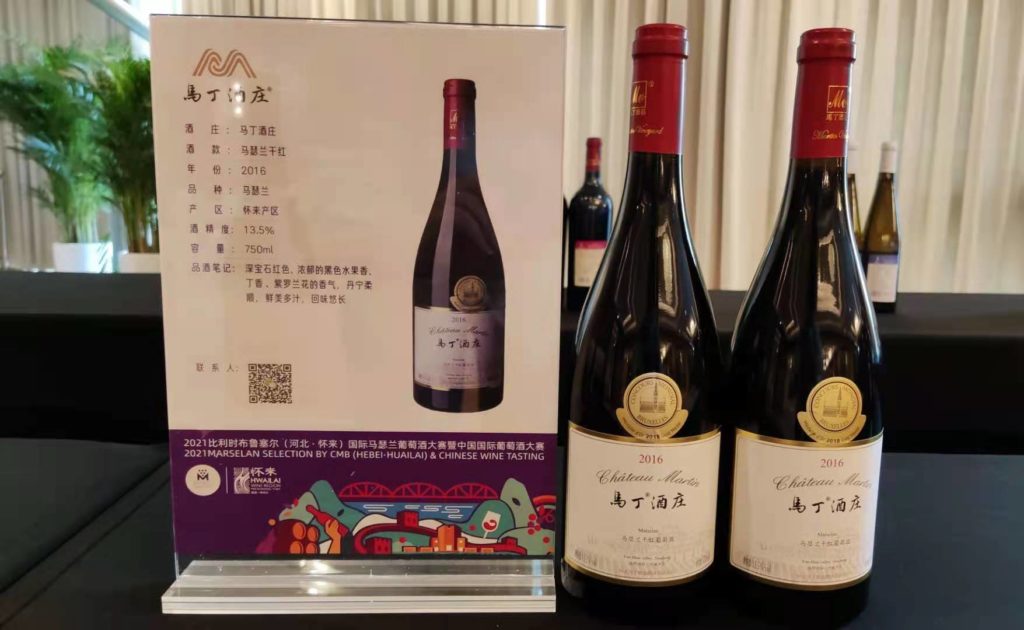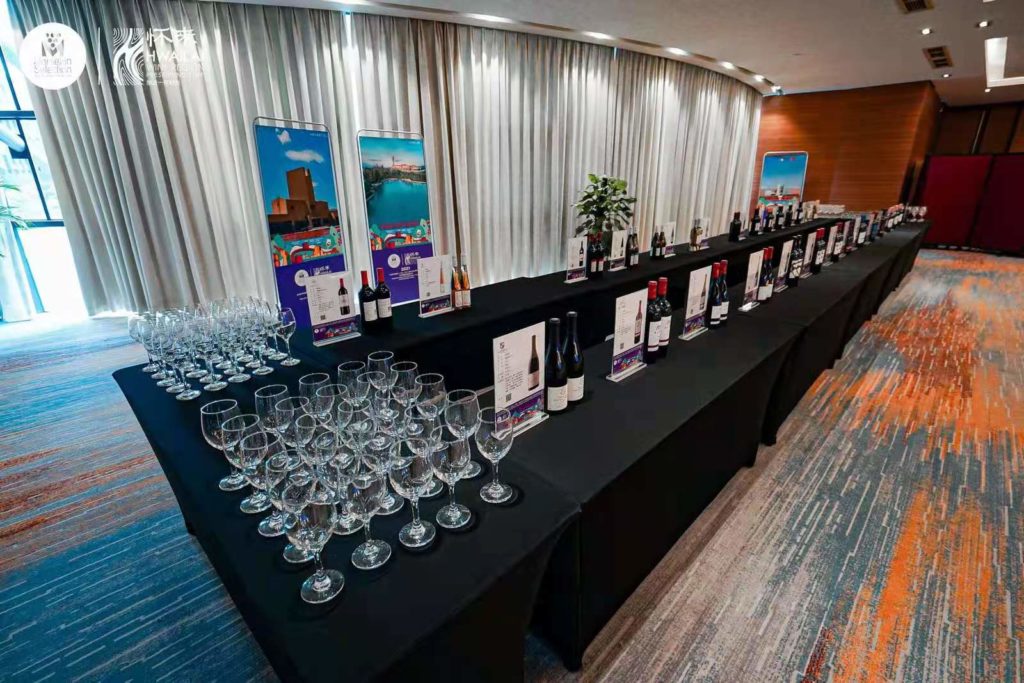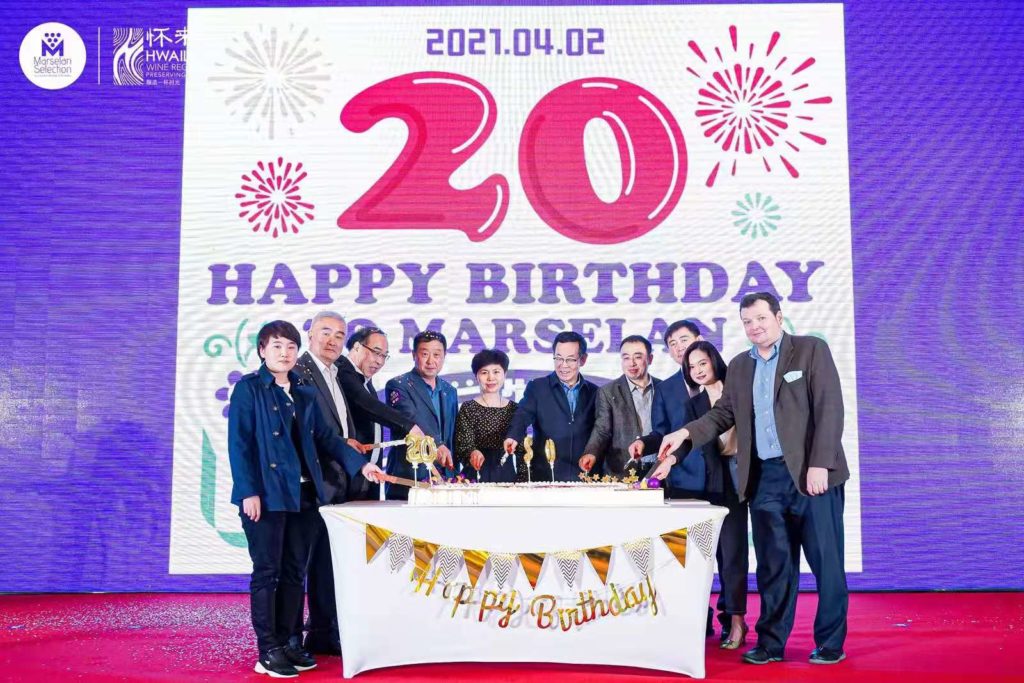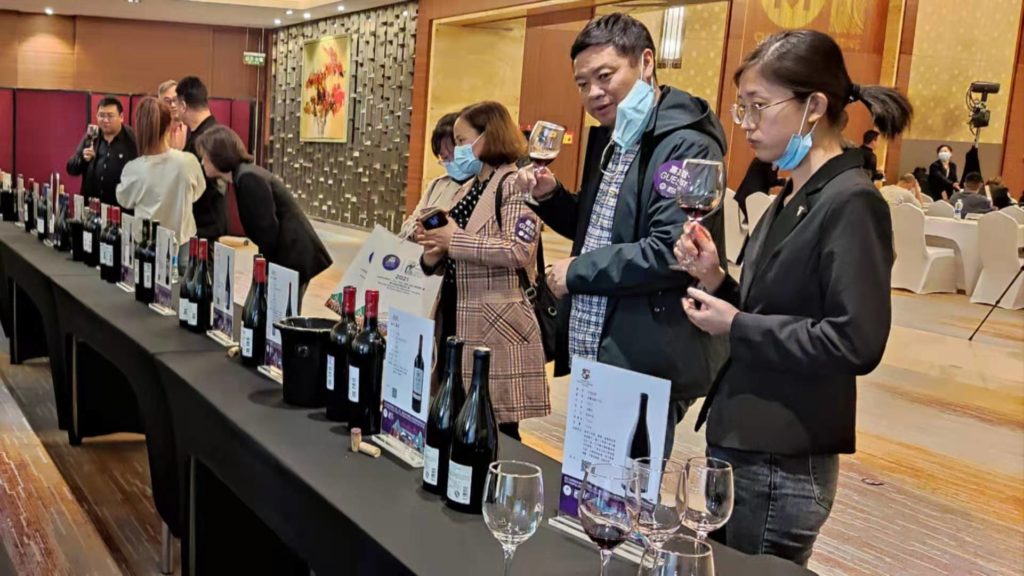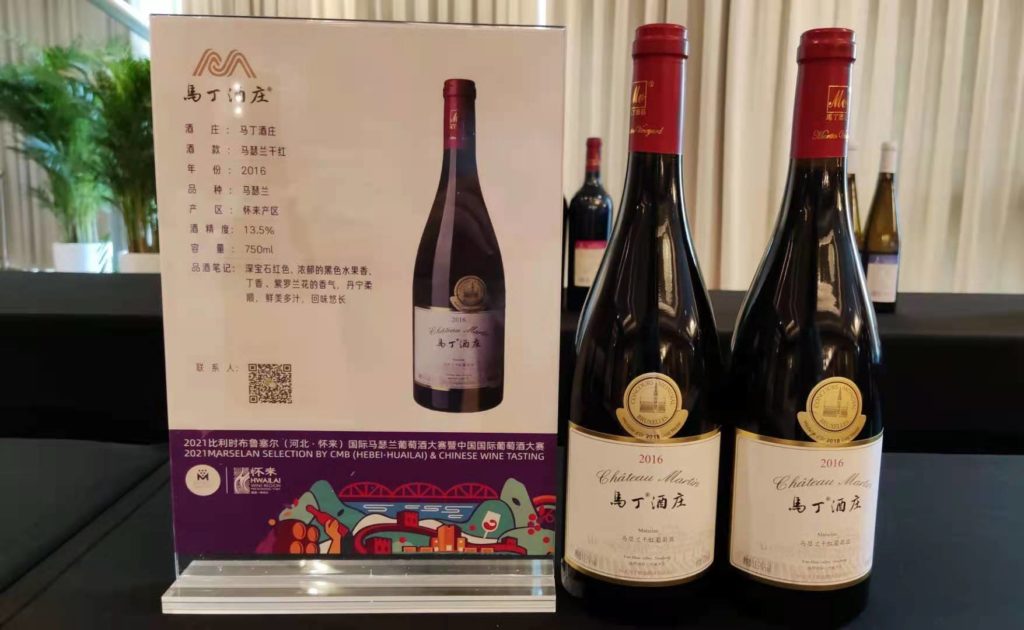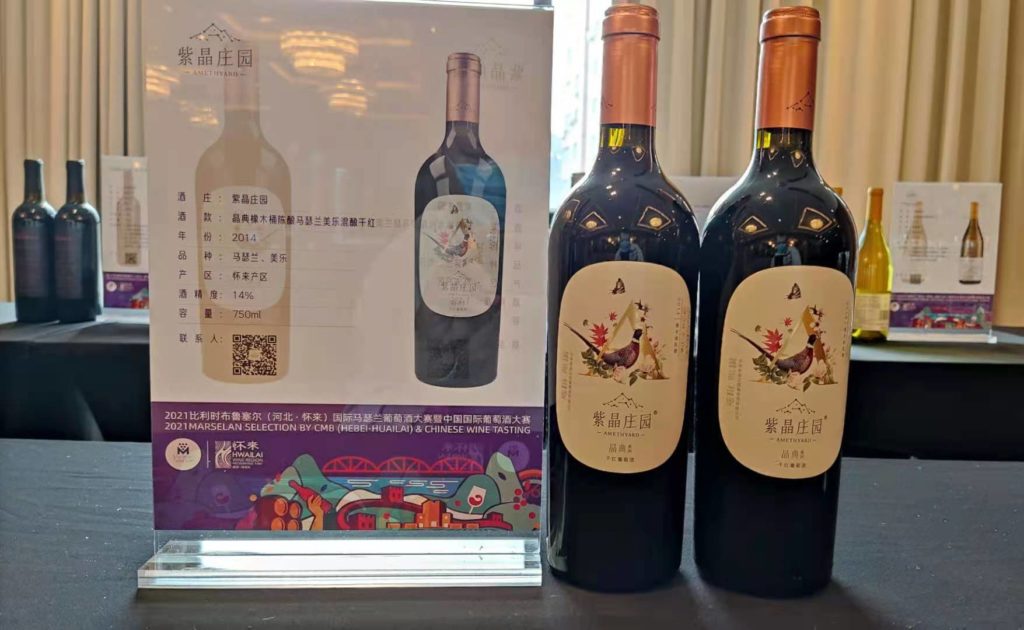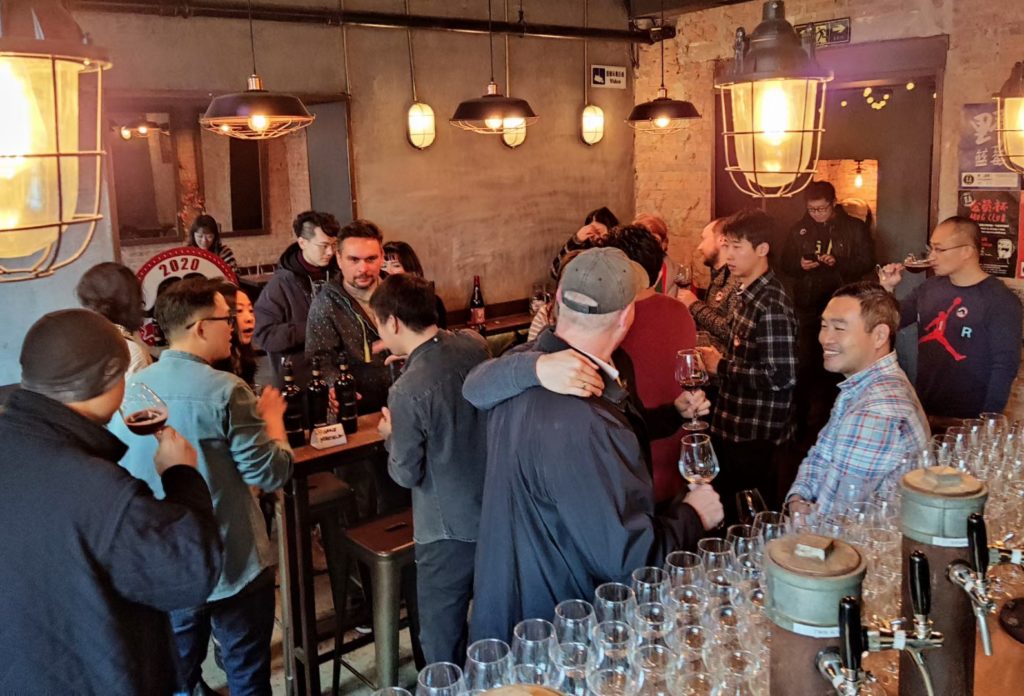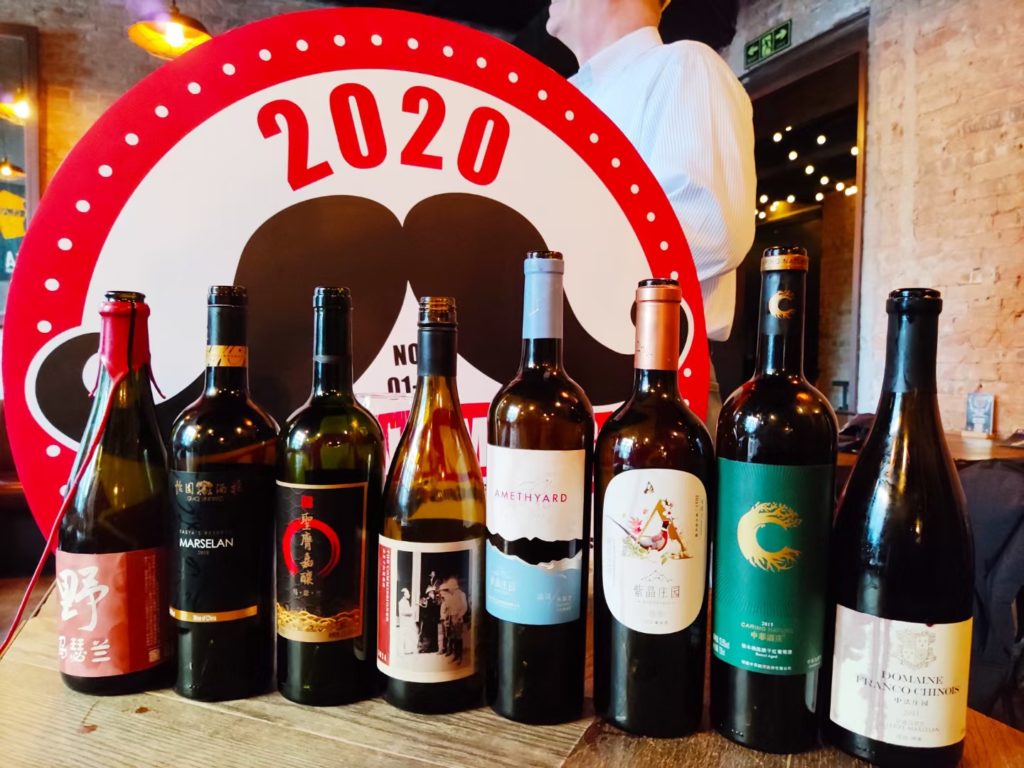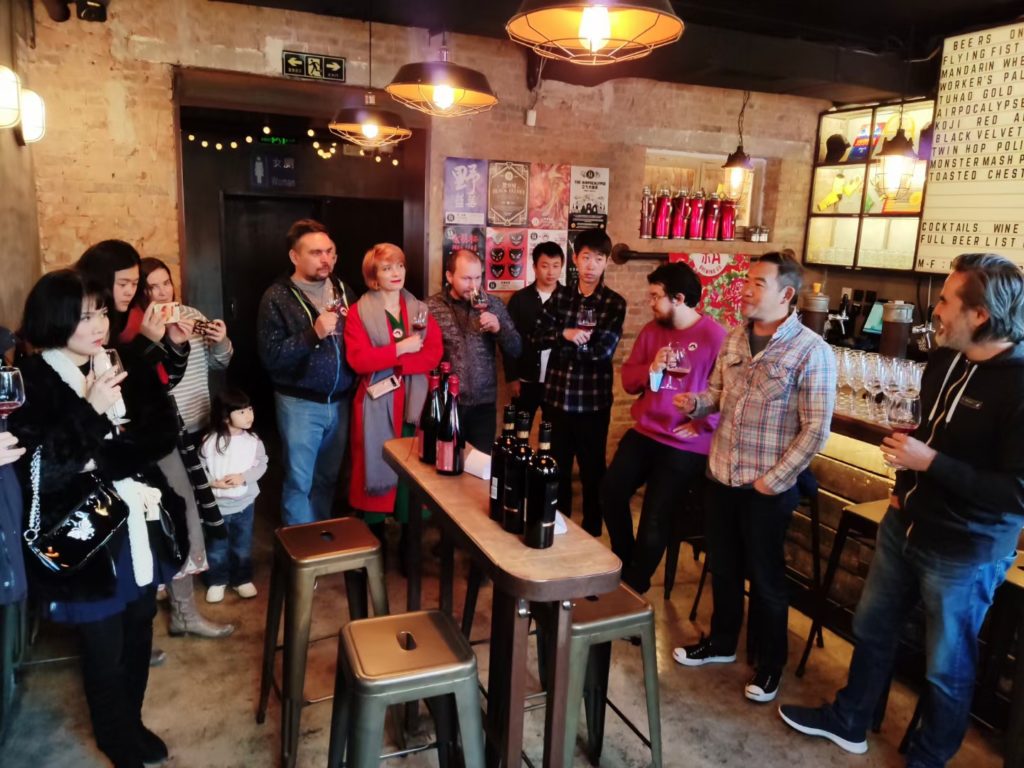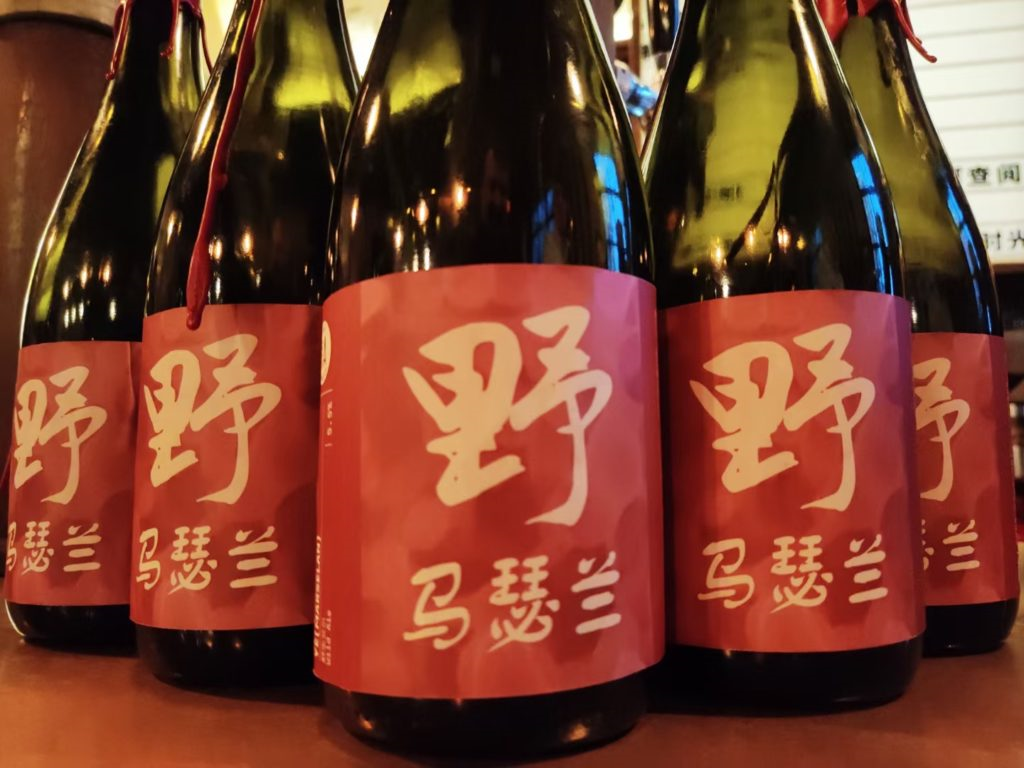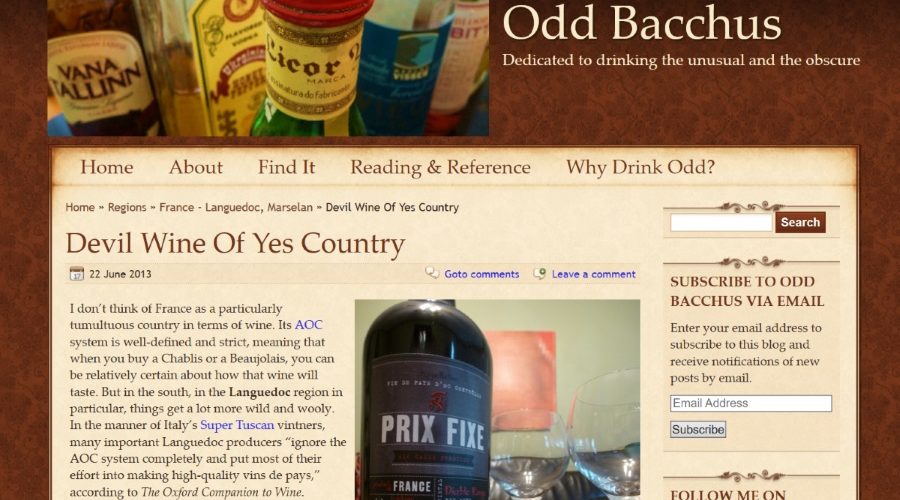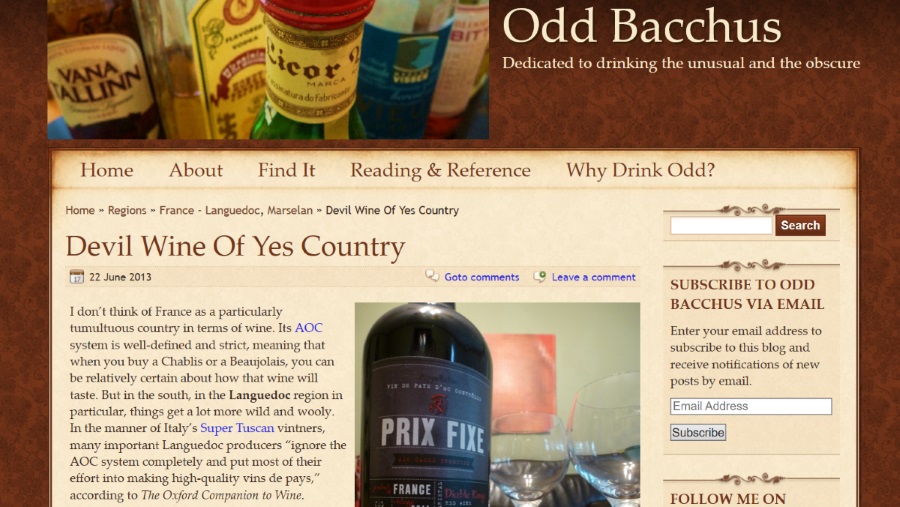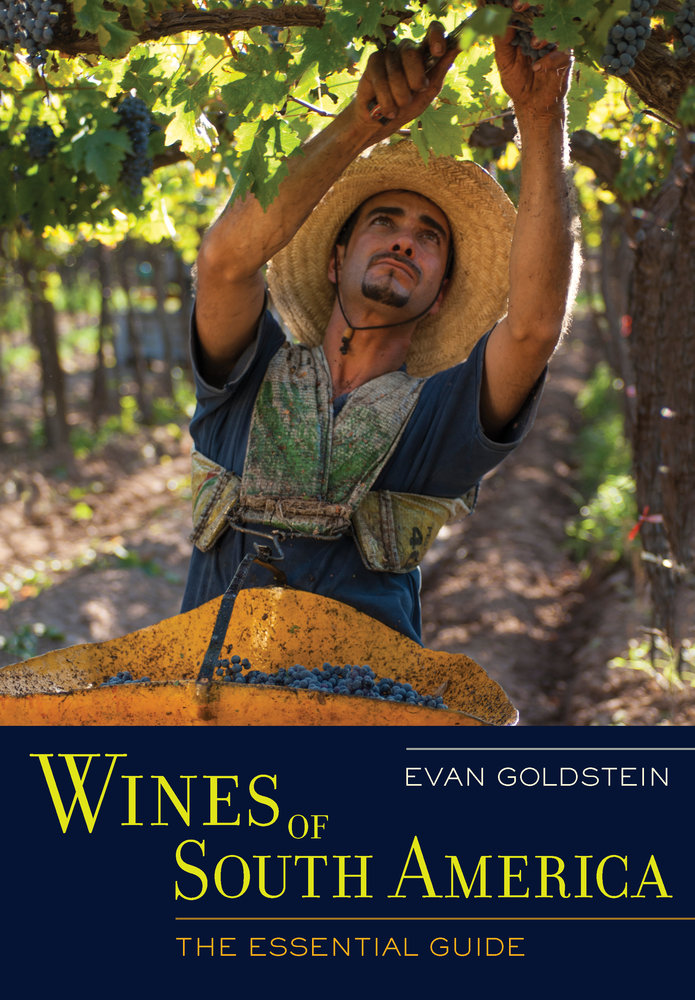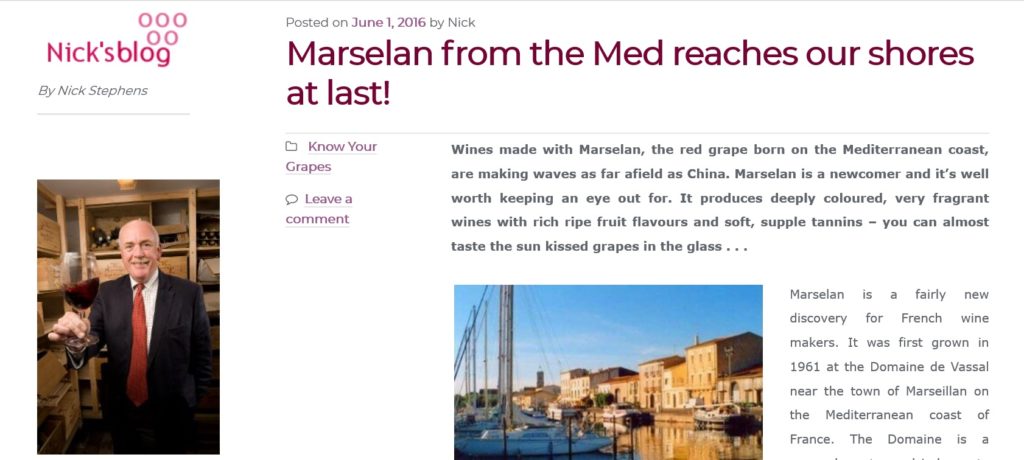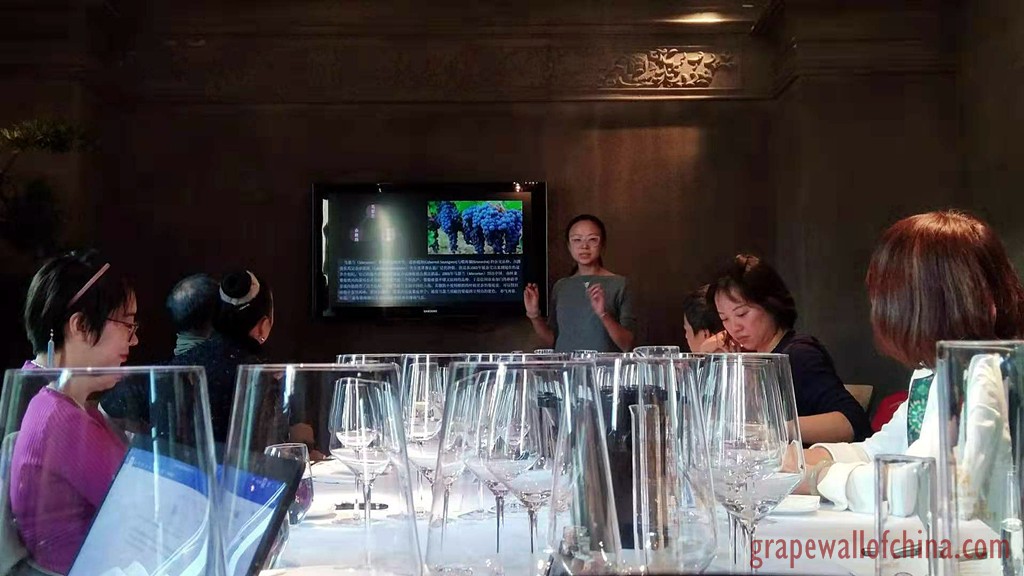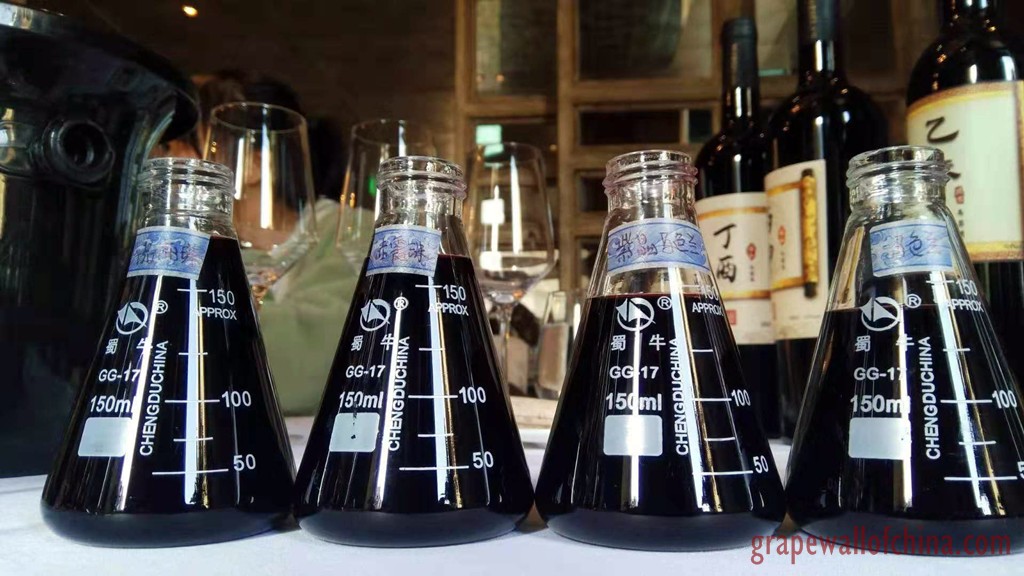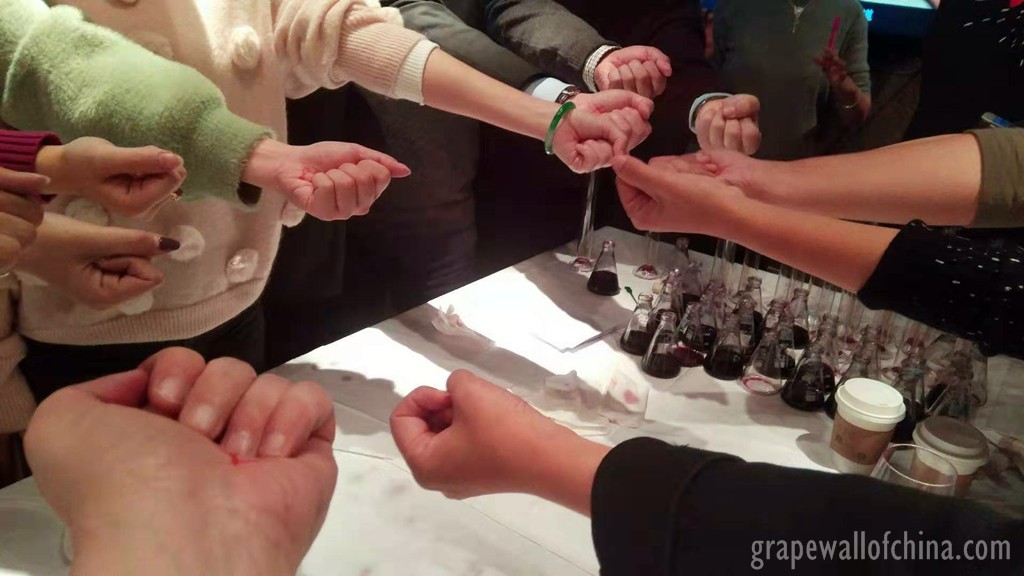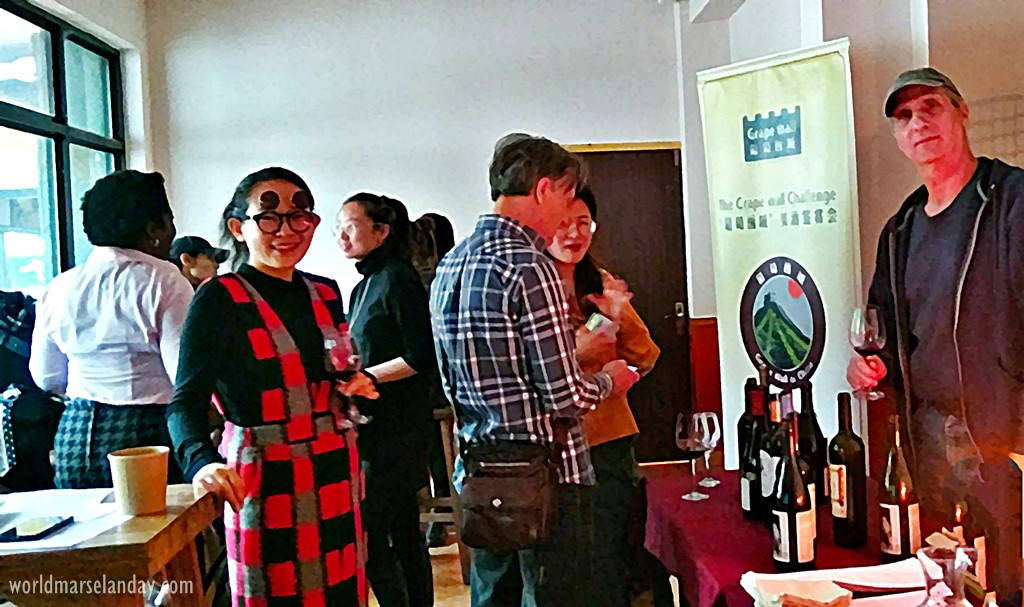A half-dozen excerpts about Marselan from around the world.
Identity Crisis: Marselan
Burke Morton, WineThink, 2010
Humans and beavers are the only two mammals that alter their environment to suit their needs. Humans are the only ones that do it, on a large or small scale, out of curiosity AND necessity. Marselan, a hybrid-crossing of Grenache and Cabernet Sauvignon, is one of those environmental tweaks that hasn’t had much impact on the world, but it looks like it may actually be catching on.
Miracle Marselan: A Marvelous New Varietal
Nick Passmore, Bloomberg, 2011
“It’s not often that a new grape varietal comes along. When one does, it’s worth paying at least a little attention….
‘The Marselan has got a little of everything. It’s a wine that’s very showy, easy to understand. It has some tannins, but they are pretty soft and well integrated. It’s got a lot of flavors.’
Devil Wine Of Yes Country
Old Bacchus, 2013
“It has an aroma that’s both darkly fruity and earthy—one friend I tasted the wine with detected a note of barnyard in the nose, and another remarked, ‘It reminds me of Asian preserved plum, oh, but don’t write that down—no one will know what it means.’ Maybe not, but it certainly sounds enticing to me.”
“On the palate, the wine has ample fruit tempered by earthy undertones. It tasted meaty, hearty and spicy, with an aromatic finish of cherry pie. Some in the group thought the wine’s earthy character dominated, but I found the earth and fruit to be very well-balanced.”
Wines of South America: The Essential Guide
Evan Goldstein, Wines of South America, 2014
“I fell in love with Marselan, one of my favorite grapes, in Brazil…. Marselan has the creamy, fleshy texture of Grenache along with the peacock’s-tail complexity of Cabernet Sauvignon, which also imparts a trace of tannin to the mix. It has a little of everything: tasty red-cherry fruit, a somewhat flashy mouthfeel, and soft but discernible tannins. Two producers in Brazil–Perini and Pizzato–make lovely examples.”
Marselan: Orphan grape variety in the Okanagan
John Schreiner, Wine Writer, 2016
“[Pierre Hebting] is not surprised that no one has asked for cuttings from his Marselan vines. But he is a little disappointed. “The year I gave some grapes to Gary Mission, I made some wine too. I still have about 3,000 litres sitting in barrels from that year. It is absolutely amazing. It is the top of the top variety, better than Syrah.””
Marselan from the Med reaches our shores at last
Nick Stephens, Bordeaux Undiscovered, 2016
“Marselan is a newcomer and it’s well worth keeping an eye out for. It produces deeply coloured, very fragrant wines with rich ripe fruit flavours and soft, supple tannins–you can almost taste the sun kissed grapes in the glass
“The aim of crossing these two well known grapes was to get a grape variety with the structure and elegance of Cabernet Sauvignon and the colour, robust depth and heat tolerance of Grenache. Marselan’s stand out characteristics in wines are fine, supple tannins and soft mouthfeel; deep colour and medium body. Marselan wines have the potential to age beautifully too.”
More excerpts coming soon!
